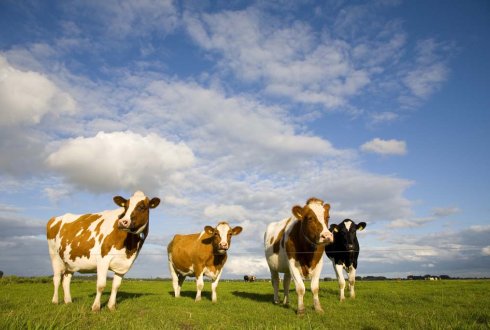



How to improve phosphorus efficiency in dairy cattle
The outline of the new legislation on “phosphate rights” for the Dutch dairy sector has just been finalized recently: the phosphate production of the Dutch dairy sector should be decreased by 4-8%, both by decreasing the number of animals as well as increasing phosphorus efficiency on a farm level.In the past years, phosphorus metabolism in dairy cattle already received renewed attention. There is a lot of debate on the decreasing phosphorus intake in relation to different stages of lactation and the effects on cow health and performance. In a recent literature study the dynamics and regulation of phosphorus absorption have been evaluated to find new strategies to increase efficiency and improve our understanding of phosphorus requirements.
The literature study summarizes the current state of knowledge on phosphorus degradation, absorption, and mobilisation in dairy cows. Most interesting are the gaps of knowledge: some regulation mechanisms are still not fully understood.
The phosphorus concentration of milk varies between cows and between lactation stages, but the underlying factors (genetic, nutritional) need to be clarified to be able to increase phosphorus efficiency. Likewise, the regulation of phosphorus balance in the transition period, by absorption and bone mobilisation, requires further research.
At the same time good and practical indicators of total phosphorus balance need to be developed to improve animal efficiency. Plasma phosphorus is still the most used diagnostic tool, but the interpretation is difficult and the correlation with the phosphorus status of the cow is low.


